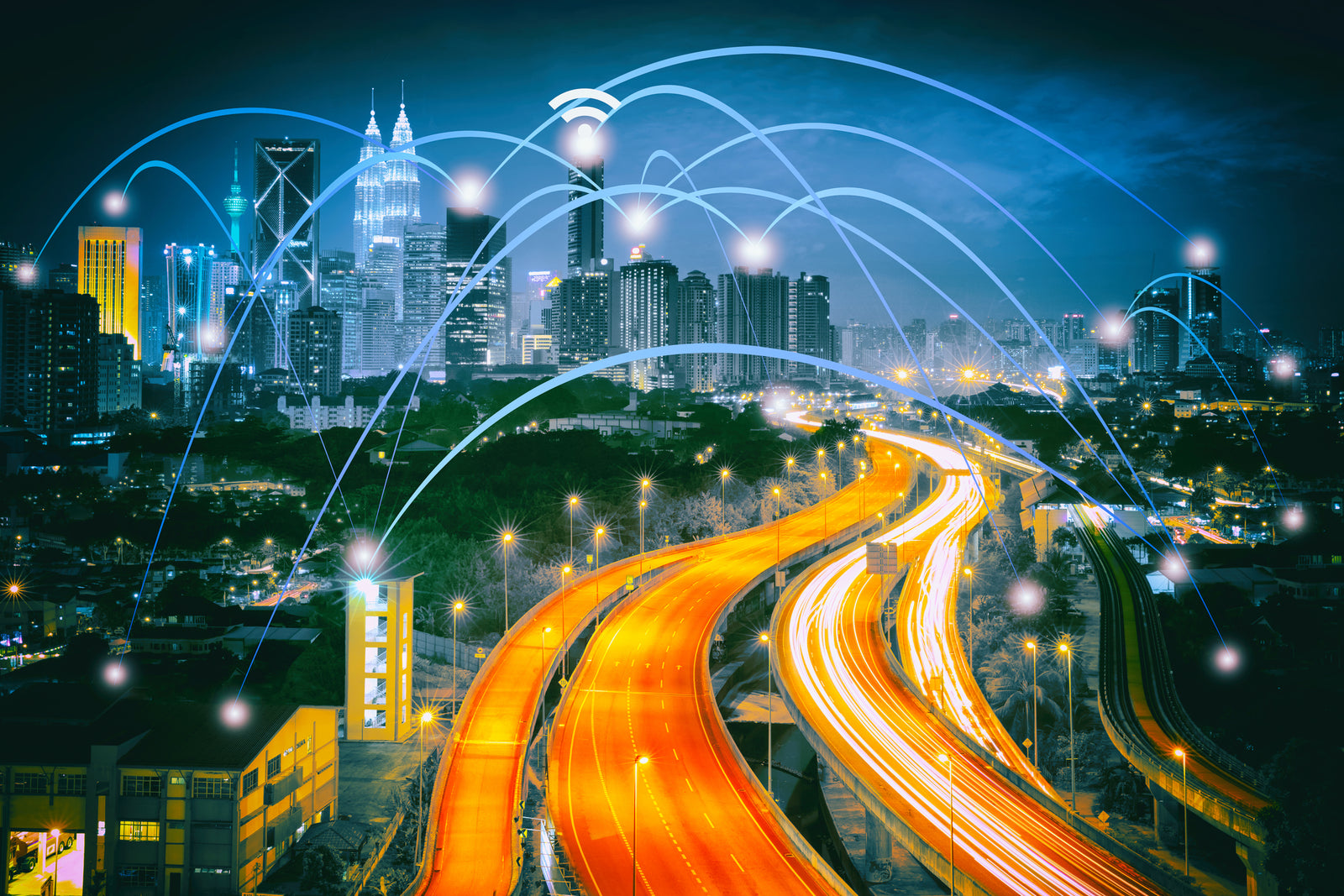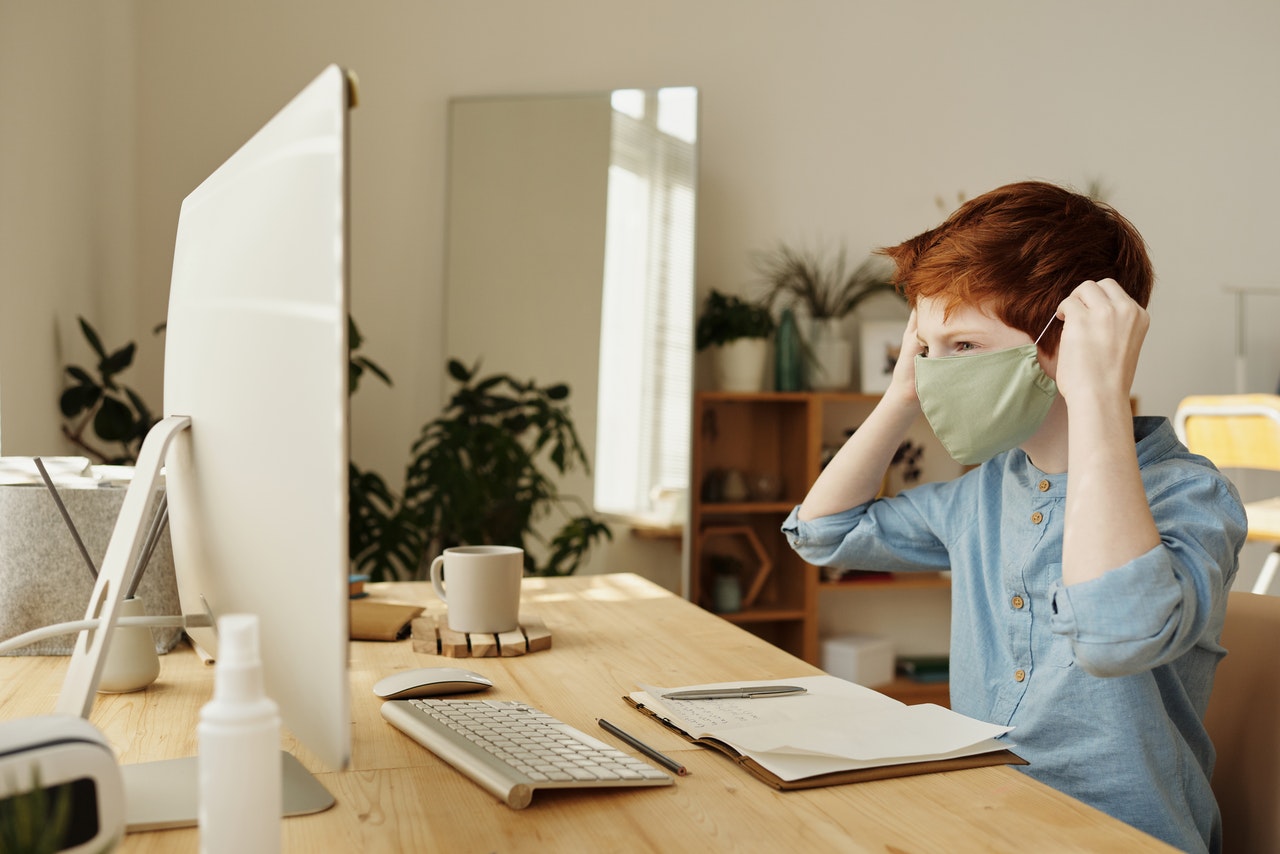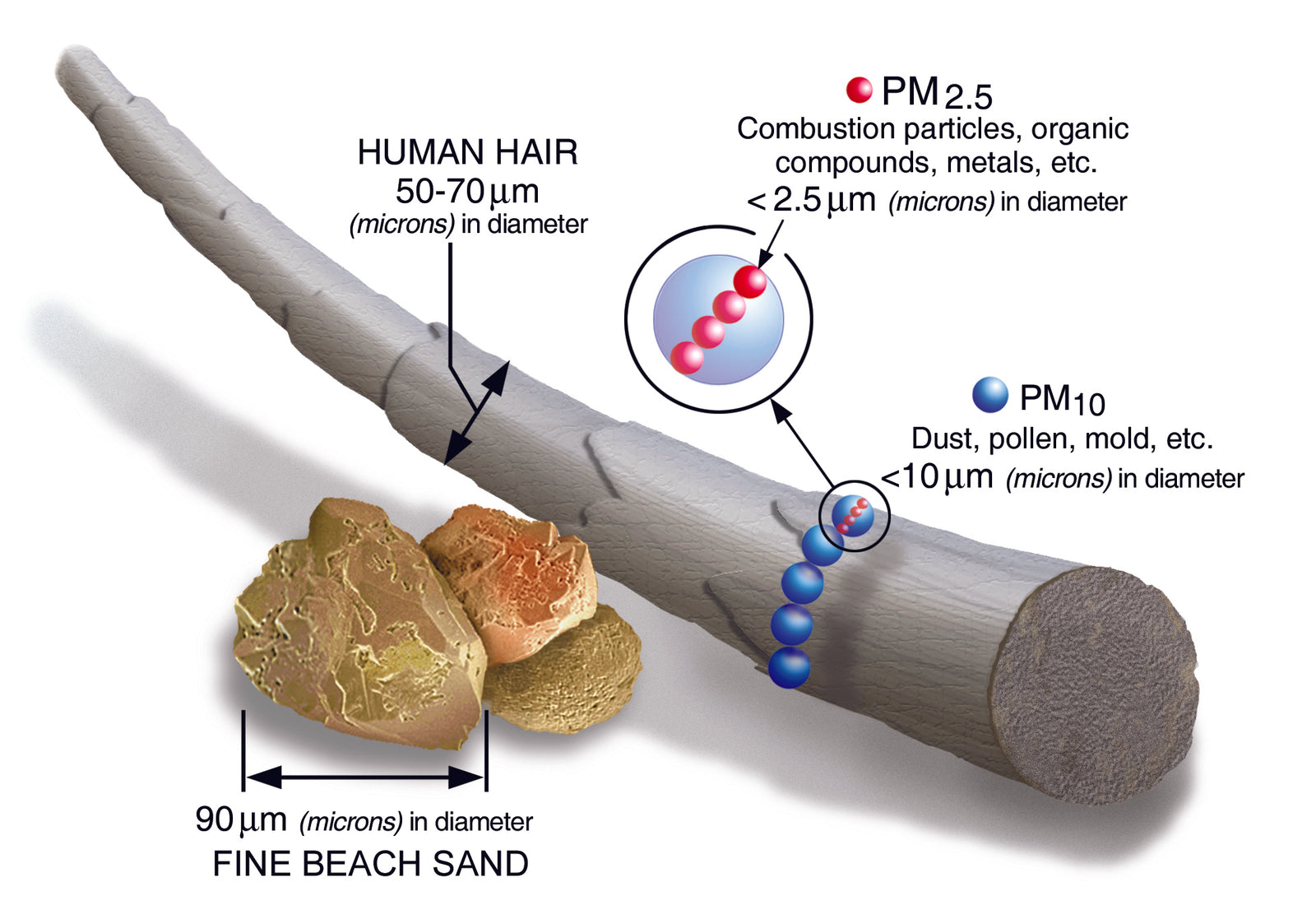A SMARTER WORLD AHEAD

On April 18th, 1906 at 5:12 AM, just 2 miles off the coast of San Francisco an earthquake at a magnitude of 7.9 shook the San Andreas Fault for 25 seconds, resulting in the worst natural disaster in California history then and now. Fires raged for days and in the end, over 3000 people had perished and 80% of the city lay wasted. If you spend any time living in California, as my wife and I have, it’s a bit of history that always sits in the back of your mind. So, I wasn’t surprised when she mentioned that most California buildings and structures are now designed to be able to withstand earthquakes. She went on to say that there will probably be a rush of businesses developing solutions that make homes, buildings, and the places we frequent virus-proof.
I found her comment interesting, as in a past life I’ve worked on multiple SMART city projects. And while these typically focused on light and energy management, cooling and heating optimization, traffic routing, and intelligent safety and securities solutions, I’ve never worked on air quality, pathogen/particulate based initiatives. I suspect there are a lot of consultants today with a new vision for the world as we know it, one that includes a panel on the walls declaring your space is 99.96% free of a laundry list of bacterial, viral, and chemical substances.
If you’ve ever spent any time in a developing country concern about germs entering, then you are likely familiar with this welcoming process. Before you de-plane a gentleman, dressed in white and dawning a mask, boards the plane and sprays an aerosol into the air from the front to back, undoubtedly germicidal and marginally safe to inhale. This week in the news you read, as schools prepare to open, they are discussing the reuse of NFL style air misters and foggers to sterilize classrooms each day.
This hardly sounds SMART but time is not on our side.
Two weeks ago, we talked about our new YS-APS 500 Medical Grade Air Purifier as a powerful tool that can be used in the battle to help sterilizes spaces (from 300 to 800 sq.ft. rooms), and this week we introduced a smaller member of the family the YS-APS 200 (300 to 500 sq.ft. rooms) also effective. The APS 500 includes a SMART sensor that tells you how clean the air is in the room, but I’d like to draw attention to a few other solutions.
UV/Ozone Sterilizers
As many of you know we offer UVC lamps and UVC lamps with ozone. These devices effectively disinfect rooms, surfaces, and items within the room that are exposed to the light, and/or ozone for a period. However, they require the user to understand the safety issues associated with UVC exposure to the skin and eyes. This same technology can be used within a commercial HVAC system, safely providing a steady flow of sterilized and filtered air.
Far-UVC Lights
There have been exciting discussions about the development of 222nm spectrum (Far-UVC) lights believed to be as effective as 253.7nm germicidal spectrum (used in most of our products), but safe for humans to be in the same room while functioning. A technology that promises to play a key role in the future development of SMART buildings.
Air Purifiers
Air Purifiers can be very effective at sterilizing the air in a room, based on airflow, throughput, and the specific technologies used in the filtration process, however only a few eliminate most viruses. Another downside of air purifier are they don’t sterilize items or surfaces in a room, and as people (or microorganism) move from room to room they must run constantly to keep pace. A second challenge with these devices is the cost of operation, often requiring replacement filters and safe disposal every 6 to 9 months.
There are several types of air purifiers in the market. I’ve chosen to discuss HEPA and Ionic (check out our blog from 7/3/2020 to learn more about the technology/products we offer).
HEPA Filters
HEPA filtration systems are very popular, and efficient at trapping airborne particles. They function by passing particles through a complex maze of tiny fibers. These fibers attract and store the particles until the filter is replaced. HEPA filtrations system is effective filtering systems, however, many fall short when it comes to trapping the smallest of viruses and bacteria or removing smells and chemicals unless they also include a carbon layer to help eliminate orders.
Ionic Filters
Ionic air purifiers were popular in the early 2000’s and feature filter-less air cleaning and are typically less expensive. These devices use electrostatic precipitators that utilize positive and negative charged plates to charge, attract and store particles until the plates can be washed and reused. While these devices offer some level of air purification, they are also known to create secondary pollution in the form of ozone as a byproduct. Ionic filters are better suited for capturing particles like pollen, dust, and mold spores rather than bacterial or viral pathogens.
I believe many of these technologies will become part of our everyday lives in the weeks, months, and years ahead. Whether we find them in the corner of the room in our homes or part of a SMART centralized network of air quality nodes at apartment buildings, restaurants, gyms, and the places we work. Each node triggering millions of daily notifications that our devices are managing the rise of indoor pollen, air pollution, or the next flu.
Also in News

An Unusual Journey to Normalcy

The History of Vaccines: What it Means for Coronavirus

